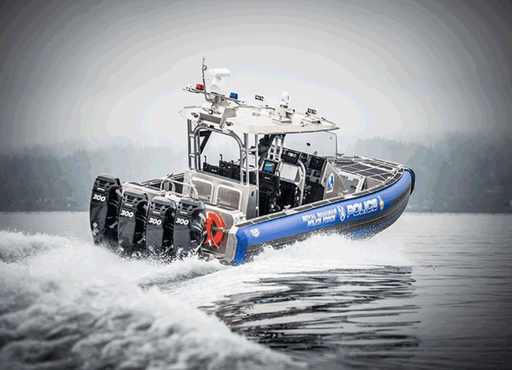-
United Safety & Survivability Corporation
101 Gordon Drive
Exton, PA 19341, United States - 610-265-3610
- info@shoxs.com
You have no items in your cart, add some on the products page.

When it comes to high speed craft in rough water, whether racing to a high-stakes rescue or headed offshore in pursuit of fish, boaters can agree that pounding through waves can be a bruising experience for your spine. Technological advancements continue to push the performance of these watercraft to higher speeds and longer ranges.
In every sector, boats are traveling faster, and while speed may have its advantages, it also has serious drawbacks that are often overlooked. Over the long-term, high-speed watercraft can expose boaters to a dangerous accumulation of impacts that can cause chronic pain and debilitating injuries, even at modest speeds.

Navies, Coast Guards, and Marine Police Forces increasingly turn to shock-mitigation technology to protect their human assets. These agencies recognize that arriving at a mission objective is not enough; crews must be fit to fight when they get there.
Shock-mitigating suspension seats are a cornerstone of their safety approach, and in recent years the increased focus on testing and performance has dramatically changed the marine industry.
At its core, shock-mitigating safety gear consists of an interface or medium between an input surface, such as a boat's deck, and a person seeking to reduce their exposure.
When all goes well, an impact is attenuated as it passes through the medium, resulting in a gentler motion for the occupant. The attenuation is achieved by means of energy absorption during compression and deformation of the medium.

In the case of marine suspension seats, as a seat compresses, impact energy is transformed into spring potential energy and dissipated as heat in a damping chamber as the seat exercises its stroke and rebounds.
If it functions correctly, the seat will return to its equilibrium position, having reduced some relevant measure of acceleration as it resets for the next impact.